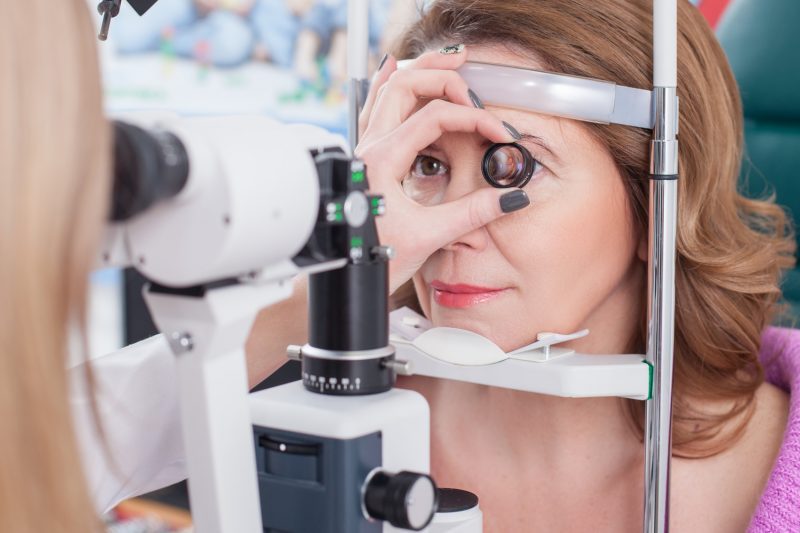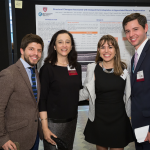What can diabetic patients do to prevent vision loss? A Mass. Eye and Ear retina specialist weighs in.
Diabetes is a complicated condition, and its impact on the eyes — known as diabetic eye disease — is the leading cause of blindness in middle-aged adults.
Diabetes occurs when there is too much sugar in the blood, leading to injury of the small blood vessels throughout the body. Patients with diabetes can experience dysfunction in the kidneys, a loss of sensation in the hands and feet and other problems related to their condition.
Diabetes and the Eyes
Diabetes can threaten a patient’s sight in a few ways:
- blood vessels become leaky, leading to swelling of the retina (diabetic macular edema).
- an interruption of blood supply to the retina (ischemia), sometimes leading to the formation of new abnormal blood vessels.
- a progressive degeneration of the retina (diabetic retinopathy).
During National Diabetes Awareness Month, we spoke with Leo Kim, M.D., Ph.D., a retina specialist at Mass. Eye and Ear who also researches diabetic eye disease (with the goal of developing better treatments to prevent vision loss).
Dr. Kim offered the following sight-saving tips for patients diagnosed with diabetes:
1) Get dilated eye exams as often as your doctor recommends.
In general, patients with diabetes should be seen by an ophthalmologist at least once a year, though Dr. Kim says there are certain factors that may warrant more frequent visits. “Patients who are pregnant or have more advanced features of diabetic eye disease could be asked to come in as often as every month,” he said.
2) Keep track of hemoglobin A1C, and take steps to lower your blood sugar if it’s too high.
The hemoglobin A1C test is a blood test performed in a doctor’s office that measures your average level of blood sugar over the past 3 months. If the test comes back high, controlling your blood sugars will help to bring it down.
Dr. Kim says that even a 1 percent decrease in A1C levels can lower your risk of progression of diabetic retinopathy by about 37 percent.
3) Eat a healthy diet.
Choosing healthy foods and maintaining a healthy weight will lower blood pressure, reduces “bad” cholesterol and leads to overall better diabetic control — and it lowers your risk for diabetic eye disease.
4) Exercise.
Exercise is also very important and leads to better diabetic control. Exercising regularly helps to lower “bad” cholesterol and raise the “good,” lowers blood pressure, lowers weight and reduces your risk of just about every diabetes-associated condition, including diabetic eye disease.
5) Don’t smoke.
Dr. Kim explains that, while there isn’t conclusive evidence that smoking is a risk factor for diabetic eye disease, he always tells his patients to avoid smoking. Smoking increases your risk of hypertension (high blood pressure) and associated cardiovascular risk factors. Smoking has also been associated with other diabetic complications, such as nephropathy. Bottom line: Dr. Kim recommends that patients with diabetes stop smoking.
People with diabetes are living with a chronic, life-long condition that can be challenging to manage for both patients and physicians alike. These steps can help diabetic patients protect their vision, especially those diagnosed early in life.
“If you’ve had diabetes for a very long time, these things are all the more important to keep in mind,” Dr. Kim said “The duration of disease increases your likelihood of progression of diabetic eye disease.”









Great information! keep it up!